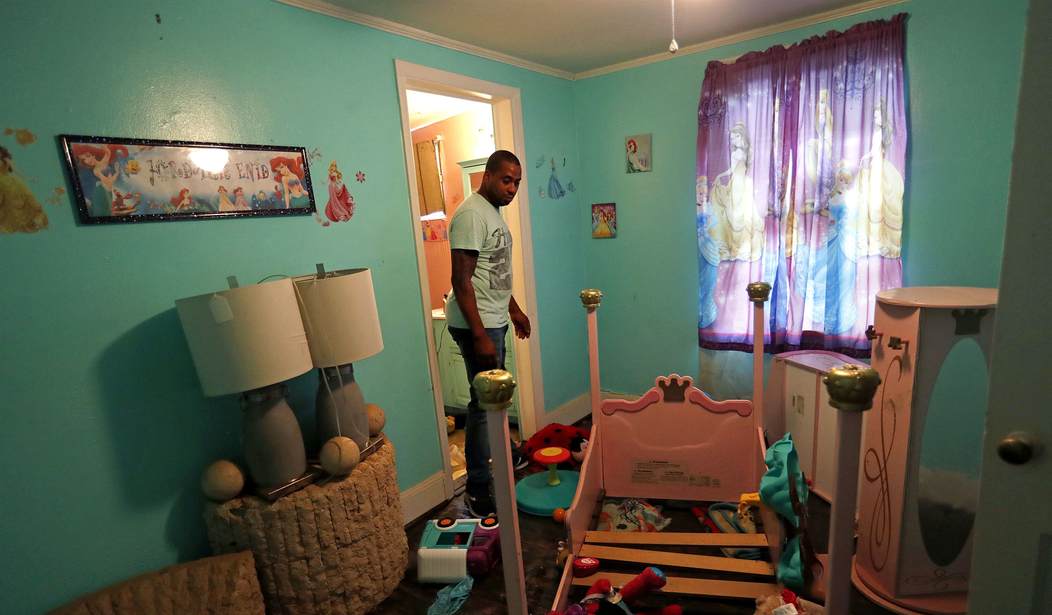There's another housing crisis that you probably haven't heard about. People are moving out of their homes because the cost of home insurance has skyrocketed, making it impossible for them to afford living in a house.
Premium rates for homes occupied by the owner were up 11.3 percent on average across the United States based on data from S&P Global Market Intelligence. That's the average increase. For homeowners in many states, the cost of home insurance is beyond their means, forcing them to move.
The homes sell quite easily, but many times, investors pay cash for the structures, which means they don't have to carry insurance.
The New York Times gives several reasons for the skyrocketing insurance crisis: "Storms have become more frequent and severe, inflation and labor shortages have driven up the cost of repairs and home values have increased, requiring larger policies."
Twenty-five states posted double-digit increases in insurance rates last year, with Texas, Arizona, and Utah leading the way. In some places, rates are up 40% over the last five years.
As The Times points out, the crisis in homeowner's insurance is part of the disconnect that Joe Biden doesn't understand about how people perceive the economy.
Those higher insurance rates are bringing pain to many homeowners, forcing people out of their homes and communities while leaving others taking big risks as they drop insurance altogether. But the rising costs are not meaningfully boosting the nation’s official inflation data, which could help to explain a small part of the disconnect between how people feel about the economy and how it looks on paper. Economic confidence remains depressed and consumers continue to fret about high price levels, dogging the Biden administration, even though inflation has been cooling and the job market is strong.
Part of the disconnect is that the Consumer Price Index uses only renter's insurance in its "shopping basket" of goods used to figure the annual and monthly inflation rate. Home insurance is excluded because government economists treat homes as investments and count much of the spending related to houses as investments rather than consumption.
The much more technical gauge of the cost of living favored by the Federal Reserve is the Personal Consumption Expenditures Index. That index includes home insurance but gives it a very small weight. That's because "the government takes how much homeowners spend on insurance and subtracts out how much insurance companies are expected to spend on claims," according to The Times.
Insurance is an example of a larger reality. Overall inflation has come down notably, but consumers are still struggling with uncertainty about key prices that make up an important part of their day-to-day lives. Housing costs are up. Emergency repairs of all kinds are expensive. And it may be tough for many to feel confident about the financial outlook when they remain worried about getting walloped with big and hard-to-avoid expenses like climbing annual premiums.
“It definitely matters for psychology — 100 percent,” Omair Sharif, founder of the research firm Inflation Insights, said of home insurance in particular. “But it amounts to having very little impact on the aggregate inflation data. It’s not really going to move the needle.”
Joe Biden and most of his administration don't go to the grocery store every week and see the rising costs continuing to eat away at the family budget. They don't pay auto or home insurance. They don't pay for prescriptions or doctor visits.
Real people pay for these things, and it's slamming them. So when Biden talks about how great a job he's been doing in bringing inflation down, people look at him like he's from Mars.
Walk a mile in my shoes, Mr. President.










